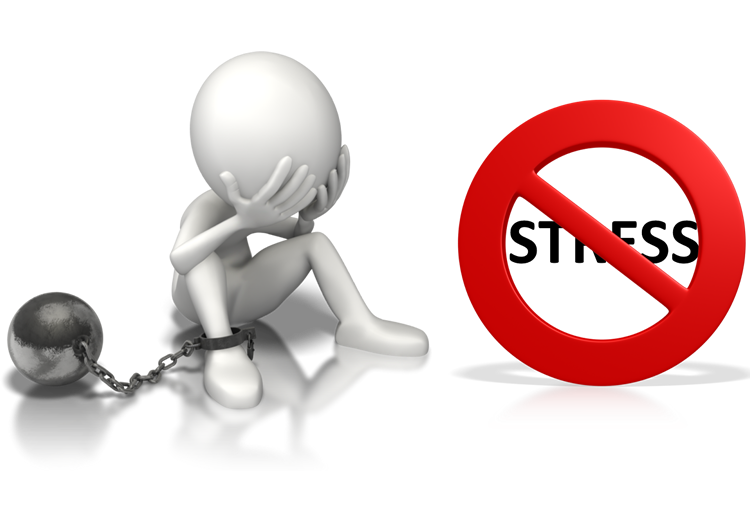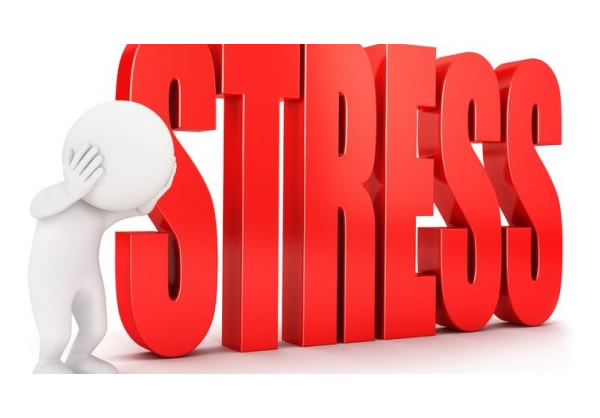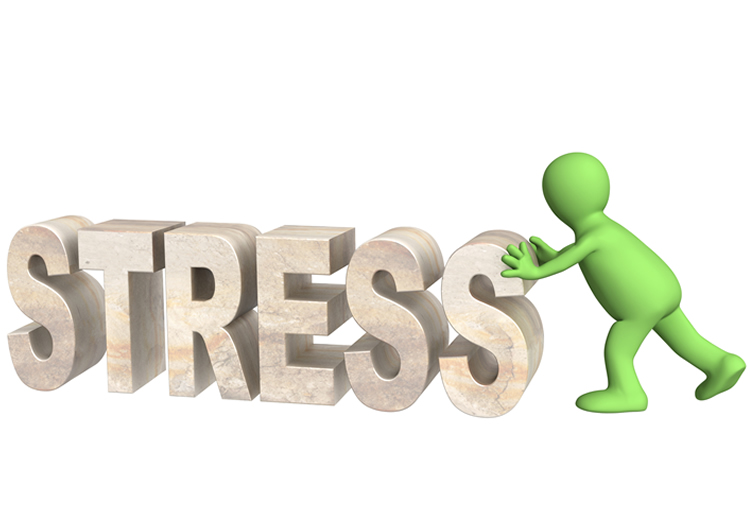Breath Work May Reduce Stress and Help You Develop Greater Resilience
There are many breathing techniques out there — virtually all of which can help you get in touch with your body and soothe your mind. One of my personal favorites is the 4-7-8 breathing exercise taught by Dr. Andrew Weil, who recommends using it “whenever anything upsetting happens — before you react,” and “whenever you are aware of internal tension.” I learned it several years ago, when I attended one of his presentations at Expo West in California.
The key to this exercise is to remember the numbers 4, 7 and 8. It’s not important to focus on how much time you spend in each phase of the breathing activity, but rather that you get the ratio correct.
You can do this exercise as frequently as you want throughout the day, but it’s recommended you don’t do more than four full breaths during the first month or so of practice. Later you may work your way up to eight full breath cycles at a time. If you commit to it, I believe you’ll be pleasantly surprised by how quickly and easily it can centre and relax you.
Here’s how it’s done:
- Sit up straight and place the tip of your tongue up against the back of your front teeth. Keep it there through the entire breathing process
- Breathe in silently through your nose to the count of 4
- Hold your breath to the count of 7
- Exhale through your mouth to the count of 8, making an audible “whoosh” sound. That completes one full breath
- Repeat the cycle another three times, for a total of 4 breaths (after the first month, you can work your way up to a total of 8 breaths per session)
Exercises to Counteract Breathing-Induced Stress
Besides making you more aware of your physical or internal state, breathing exercises can also help counteract breathing-induced stress. If you’re chronically stressed, and have poor posture to boot, you’re likely apt to breathe high in your chest, and this kind of breathing can actually trigger the stress response, or keep you locked in it.
As noted in a related CNN Health article:
“When you feel tense and anxious, the sympathetic fight-or-flight aspect of your nervous system turns on, quickening your breathing and increasing your heart rate, blood pressure and stress hormone production.
Uncontrolled, rapid, chest-oriented respiration feeds your fight-or-flight response and can actually initiate your sympathetic nervous system — even if no other stress factors are present — locking you in a state of breathing-induced stress.”
In this article, Dana Santas, a yoga trainer for a number of different athletic teams, offers the following two breathing exercises:
1. Turn sighs of frustration into exhales of relief. “[W]hen you find yourself sighing in frustration, take the cue from your autonomic nervous system to turn those sighs into exhales of relief. It’s a simple way to tap your parasympathetic nervous system and avoid boiling over.”
For this exercise, inhale through your nose for a count of 5, and exhale as if you’re sighing with relief, out of your mouth, for a count of 7 (or longer). Repeat for at least 90 seconds.
2. Breathe away tension. Stress-induced breathing reduces the function of your diaphragm and reinforces poor posture, which in turn can lead to pain, loss of mobility and migraines. Proper breathing can help restore the function of your diaphragm, improve posture, and reduce pain.
For this exercise, lie on your back or sit in a chair. Relax your shoulders and place your hands on the lower part of your ribs. As you breathe in, feel your ribs expanding outward, moving your hands further away from each other. When exhaling, engage and squeeze your core muscles to completely empty your lungs. Pause there for a moment before your next inhale.
For more information on breathing exercises visit our Therapies:Breathing Exercises page













